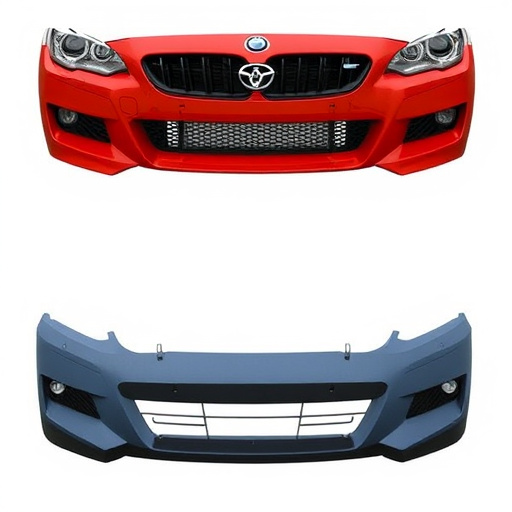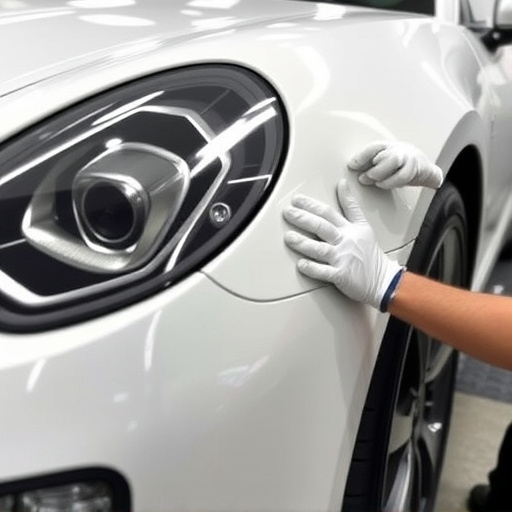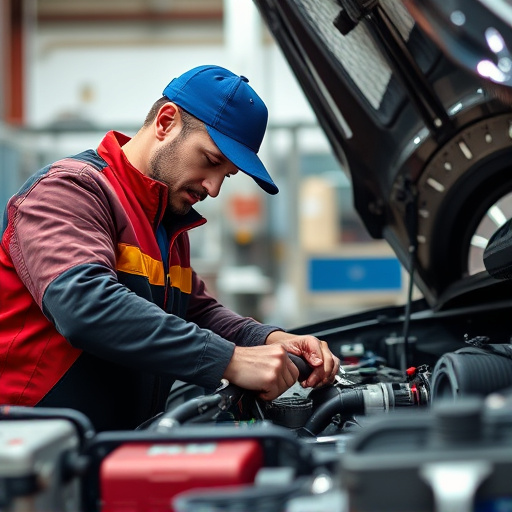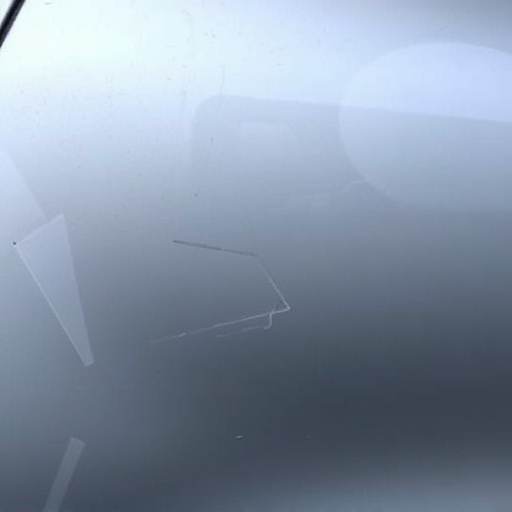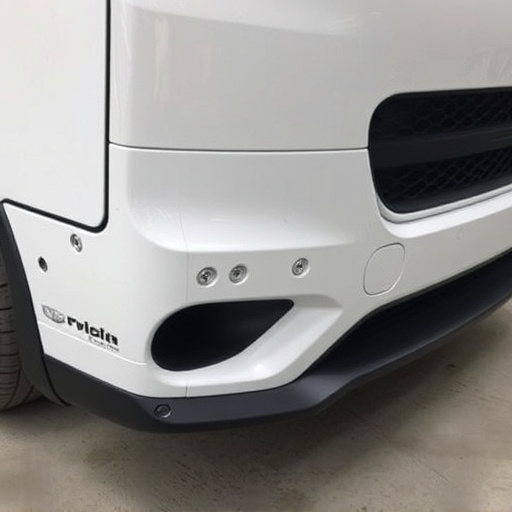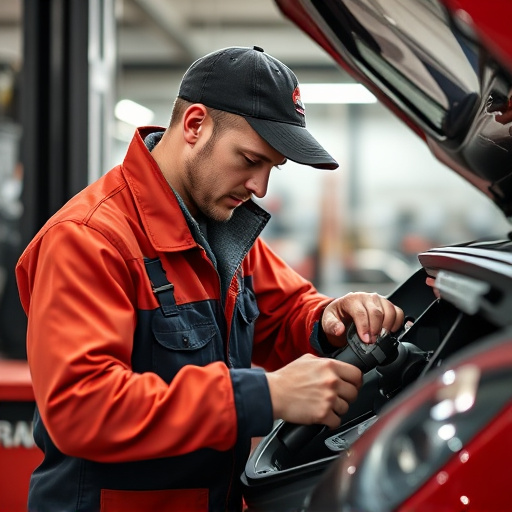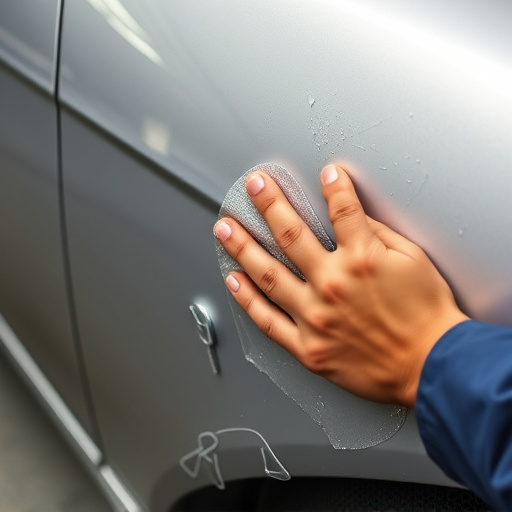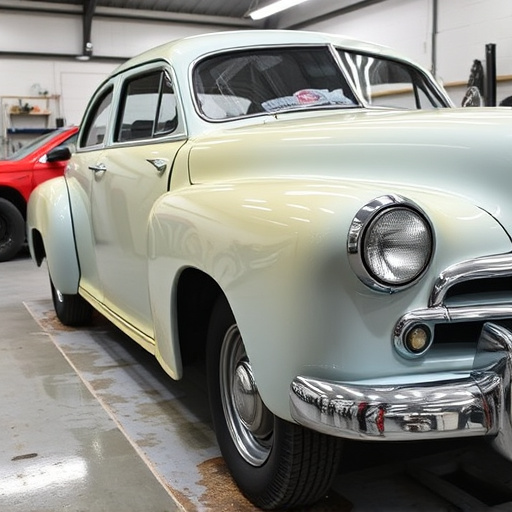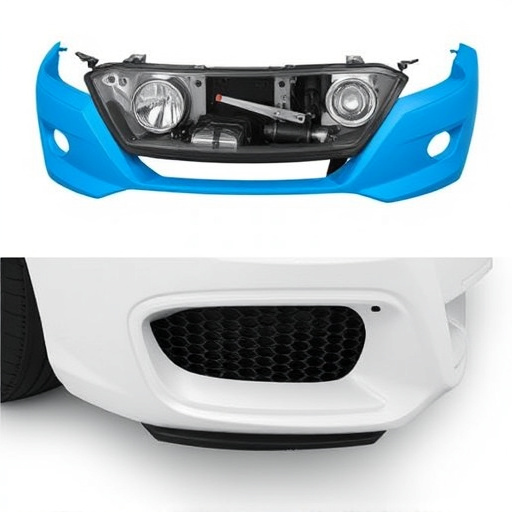A pre-delivery inspection is a vital process ensuring vehicles are safe and fit for handover, identifying structural and cosmetic damage through checklists tailored to regional laws and manufacturer guidelines. Distinguishing between these types of damage guides repairs, from major collision repair to minor scratch repair, fostering trust between sellers and buyers and setting the stage for post-purchase care. A detailed checklist covering exterior and interior aspects ensures all issues are addressed before final delivery, maintaining high vehicle condition standards.
Before accepting a delivery, conducting a thorough pre-delivery inspection is vital to ensure the vehicle’s condition. This process, known as PPI (Pre-Delivery Inspection), is a game-changer in identifying damage repairs needed before the sale. This article delves into the importance and protocols of PPI, focusing on distinguishing structural from cosmetic issues. We provide a comprehensive checklist to help you efficiently navigate potential repair challenges, ensuring a smooth transition for both buyers and sellers.
- Understanding Pre-Delivery Inspection Protocols
- Distinguishing Structural from Cosmetic Damage
- Comprehensive Checklist for Efficient Repairs
Understanding Pre-Delivery Inspection Protocols
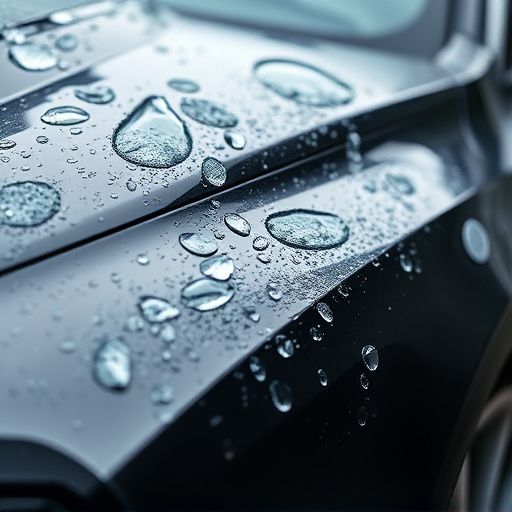
A pre-delivery inspection is a crucial step to ensure that vehicles, whether new or used, are in optimal condition before their final handover to the buyer. This process involves a thorough examination of both structural and cosmetic aspects, with specific protocols varying based on regional regulations and manufacturer guidelines. For instance, car body shops and collision repair shops often have detailed checklists for pre-delivery inspections, covering everything from exterior paint scratches and dents to interior wear and mechanical functionality.
During this inspection, professionals at a car body shop assess the vehicle’s overall integrity, identifying any damage that may require repairs like car scratch repair or more comprehensive collision repair. The primary goal is to mitigate potential issues, ensuring the buyer receives a high-quality vehicle. By adhering to these protocols, pre-delivery inspections play a vital role in fostering trust between sellers and buyers, promoting transparency, and setting expectations for post-purchase maintenance.
Distinguishing Structural from Cosmetic Damage
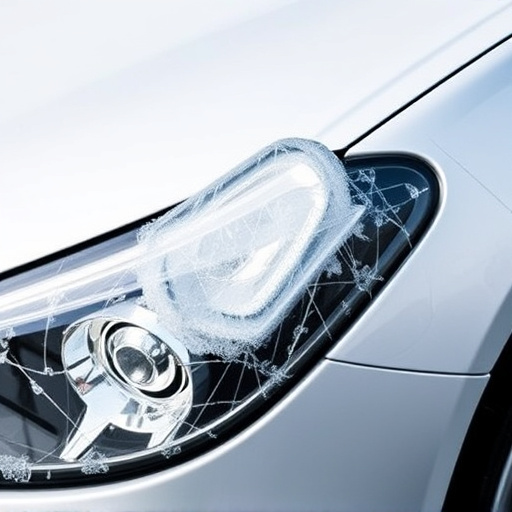
Distinguishing between structural and cosmetic damage is a crucial step in any pre-delivery inspection process for vehicles. Structural damage refers to issues that compromise the integrity of the car’s frame, chassis, or major components, such as doors, hoods, or fenders. These problems can be identified by looking for signs like uneven body panels, misaligned frames, or visible cracks in critical structural elements. Such damages often require professional car bodywork and metal repair services to ensure safety and stability during driving.
Cosmetic damage, on the other hand, involves non-structural issues that primarily affect the exterior appearance of the vehicle. This includes scratches, dents, dings, cracked or chipped paint, and minor scrapes. While cosmetic damage might not impact the car’s performance or safety, addressing it can enhance its overall aesthetic appeal and value. Car restoration techniques, including painting services and bodywork repairs, are employed to restore these areas to their original condition.
Comprehensive Checklist for Efficient Repairs
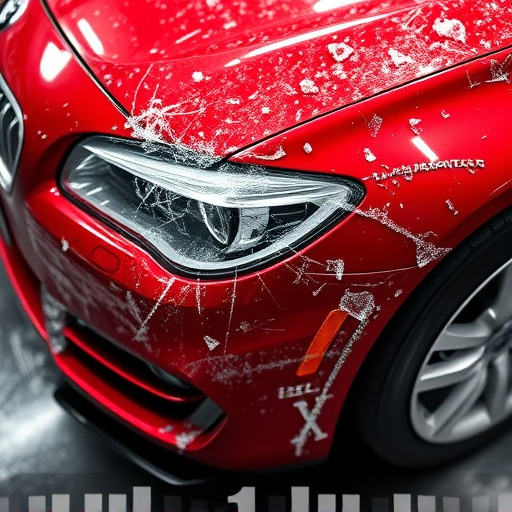
Before commencing any repairs, whether structural or cosmetic, such as meticulous car paint repair or expert auto glass replacement, a comprehensive pre-delivery inspection is paramount. This initial assessment involves creating a detailed checklist that ensures no stone is left unturned. Every aspect of the vehicle, from exterior to interior, should be scrutinized for damage—both visible and hidden.
A well-prepared checklist includes items like checking body panels for dents or scratches, inspecting paint jobs for uniformity and quality, assessing tire condition, evaluating the state of windows and glass, and even examining undercarriages for signs of corrosion or previous mishaps. For structural repairs, this may involve professional body shop services to ensure safety and stability. This meticulous process not only guarantees that all damage is accurately identified but also facilitates efficient and effective repairs, ensuring the vehicle’s condition meets high standards before its final delivery.
A thorough pre-delivery inspection is key to ensuring a smooth transition and minimizing post-delivery disputes. By understanding the protocols, differentiating structural from cosmetic damage, and utilizing a comprehensive checklist, you can efficiently address repairs and hand over a vehicle in pristine condition. Implement these practices for a seamless experience that prioritizes customer satisfaction.

